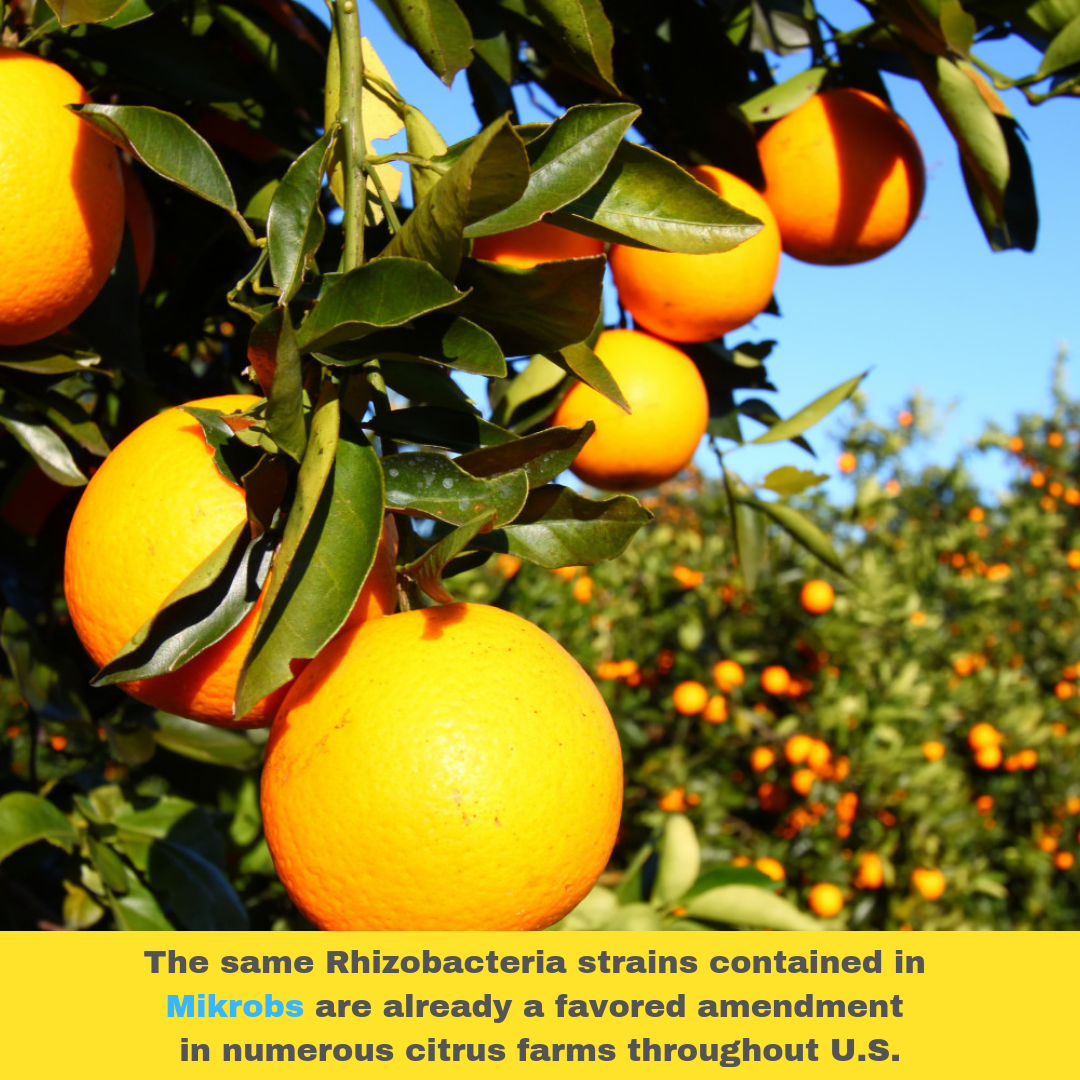Your Cart is Empty
A handful of soil contains more living organisms than the entire population of humans on earth. A single gram of good, fertile can contain billions of diverse soil microbes. Many of these microbes belong to one of the five categories- bacteria, actinomycetes, fungi, algae, protozoa- and live in the rhizosphere (around the roots). In the rhizosphere, they are responsible for carrying out symbiotic or other specific functions in the soil such as decomposition of organic matters, nitrogen fixation, denitrification, nitrate assimilation, phosphate solubilization, etc.- all of which are important processes for plant growth and survival.
Among other soil microbes, Rhizobacteria species (such as Bacillus and Pseudomonas), Trichoderma Fungi, and Mycorrhizae are the most widely studied, cultivated, and commercially packaged for use in the agriculture and horticulture industry. An increasing number of brands are introducing more variety into the market, allowing for more precise, targeted choice and usage.
Of these commonly studied species, Bacillus spp. has an important place as a plant growth promoting bacteria. It makes nutrients available to plants through decomposition, nitrification, and solubilizing of phosphate. It is also the agent that prevents spread of parasitic bacteria while enhancing plant and soil resistance to parasitic insects.
Alternatively, Trichoderma is a soil-dwelling saprophytic fungus. It is widely used as a bio-fungicide due to its production of cell-wall-eroding enzymes that are fatal to harmful fungal pathogens. More proactive and profound studies have been carried out in recent years, and better understanding of Trichoderma’s nature has revealed it to carry out important functions similar to that of Mycorrhizal fungi.
Arbuscular Mycorrhizae (AM) that is better known as Mycorrhizal fungi, assists uptake of nutrients in plants. It develops hyphopodium on root epidermides that lead of the formation of arbuscules inside inner cortical cells. These arbuscules allow a significant boost in nutrient-uptake in the roots.
Numerous microbial studies have shown that a combination of the three species applied to the soil result in a statistically significant increase in plant growth and crop yield compared to when only one or two species are applied. An example of this synergy is that Bacillus Subtilis and Trichoderma Harzianum together contribute to a steady propagation of Glomus Mosseae (Mycorrhizal fungi). These three soil microbes have a mutually symbiotic relationship and work to benefit each other, as well as the surrounding plants. Thus, a balanced proportion of each is the critical key to success in optimizing the symbiotic relationship between the three microbes.
Mikrobs, together with scientists and agriculture experts, has found the highest quality microbial strains with the optimal proportion of Rhizobacteria (Bacillus spp.), Trichoderma, and Mycorrhizae. One 8 oz. pouch of Mikrobs contains over 100 billion soil microbes, as well as other soil conditioners serving as a growing bed and nutrients for the microbes. With all the right conditions already set in place by Mikrobs, no additional assistance is needed to ensure the synergistic life and growth of the microbes and the plants they affect. If you want to create a self-sufficient soil ecosystem that your plant can benefit from, it’s time to try Mikrobs. It can only get better.
Comments will be approved before showing up.
